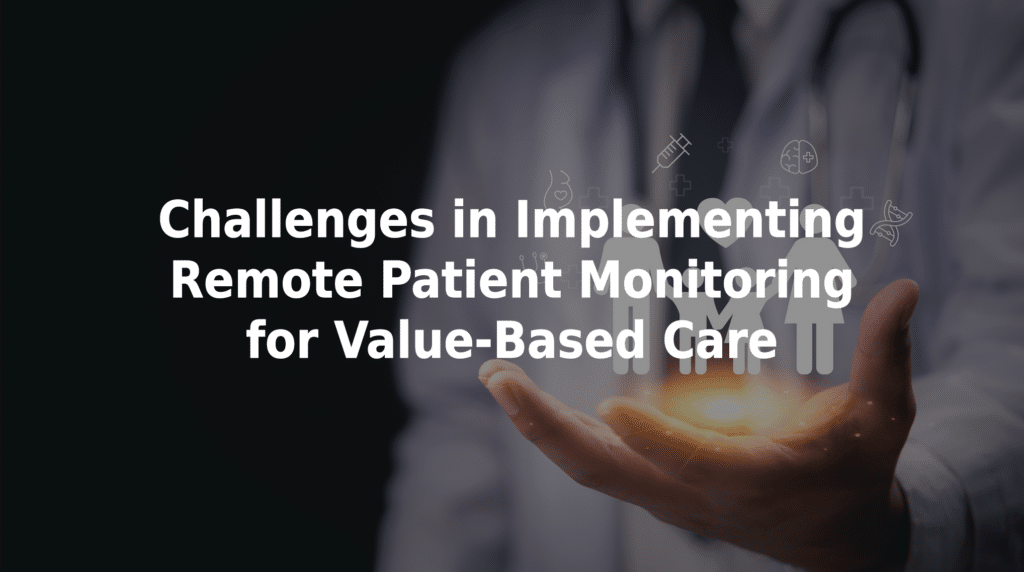Challenges in Implementing Remote Patient Monitoring for Value-Based Care
While RPM offers enormous potential to reduce readmissions and enhance patient engagement, deploying these solutions at scale presents operational, technical, and financial hurdles. Understanding the challenges in implementing remote patient monitoring for value-based care is essential for its long-term success. To that end, we’ve compiled a list of the ones we think you should be aware of, and how to overcome them.
The Importance of RPM in Value-Based Care
RPM’s main purpose is proactive, patient-centered care. It supports early health interventions, improves chronic disease management, and helps track quality measurements. Despite these benefits, implementing RPM isn’t always a straightforward process.
Challenge 1: Integration With Clinical Workflows
One of the most common challenges in implementing remote patient monitoring for value-based care is getting RPM data to synchronize with existing workflows and EHR systems. When platforms can’t share information, it adds a layer of administrative work and defeats the purpose of collecting patient vitals.
Solution: RemotePatientPro™ can communicate directly with your existing systems, delivering real-time data that your care team can rely on for accurate patient evaluations.
Challenge 2: Identifying the Right Patient Populations
Not every patient benefits equally from RPM. Identifying high-risk, high-cost patients is critical — but often limited by outdated risk stratification models.
Solution: RPP offers intelligent patient stratification tools, helping your team target those who will benefit most from remote monitoring for a greater impact and stronger ROI.
Challenge 3: Ensuring Patient Engagement and Adherence
Some RPM programs are not as intuitive for patients to use, and can cause them to become lax in maintaining their devices. When this happens, recorded health data may be unreliable and prevent care teams from responding to potential complications. As one study noted, “Training patients on how to use [RPM devices] will likely also need to be personalised and at times repeated.” Low patient adherence was linked to increased acute care.
Solution: RPP improves engagement through user-friendly devices, virtual onboarding, and built-in coaching tools. Our platform helps patients stay compliant and active in their care.
Challenge 4: Managing Reimbursement and ROI
A major barrier to RPM adoption is navigating reimbursement models and justifying the investment in a program. Providers may be unsure how RPM fits into their financial strategy.
Solution: RPP helps organizations optimize billing using CMS-approved RPM codes. We also offer dashboards that link clinical impact to cost savings, demonstrating measurable ROI.
Navigating RPM Challenges With the Right Partner
RemotePatientPro is more than a platform — we’re a strategic partner in value-based care. We work closely with organizations like yours to simplify the implementation process, drive program adoption, and ensure long-term success.
Contact us today to learn more about how we can benefit your patients.

